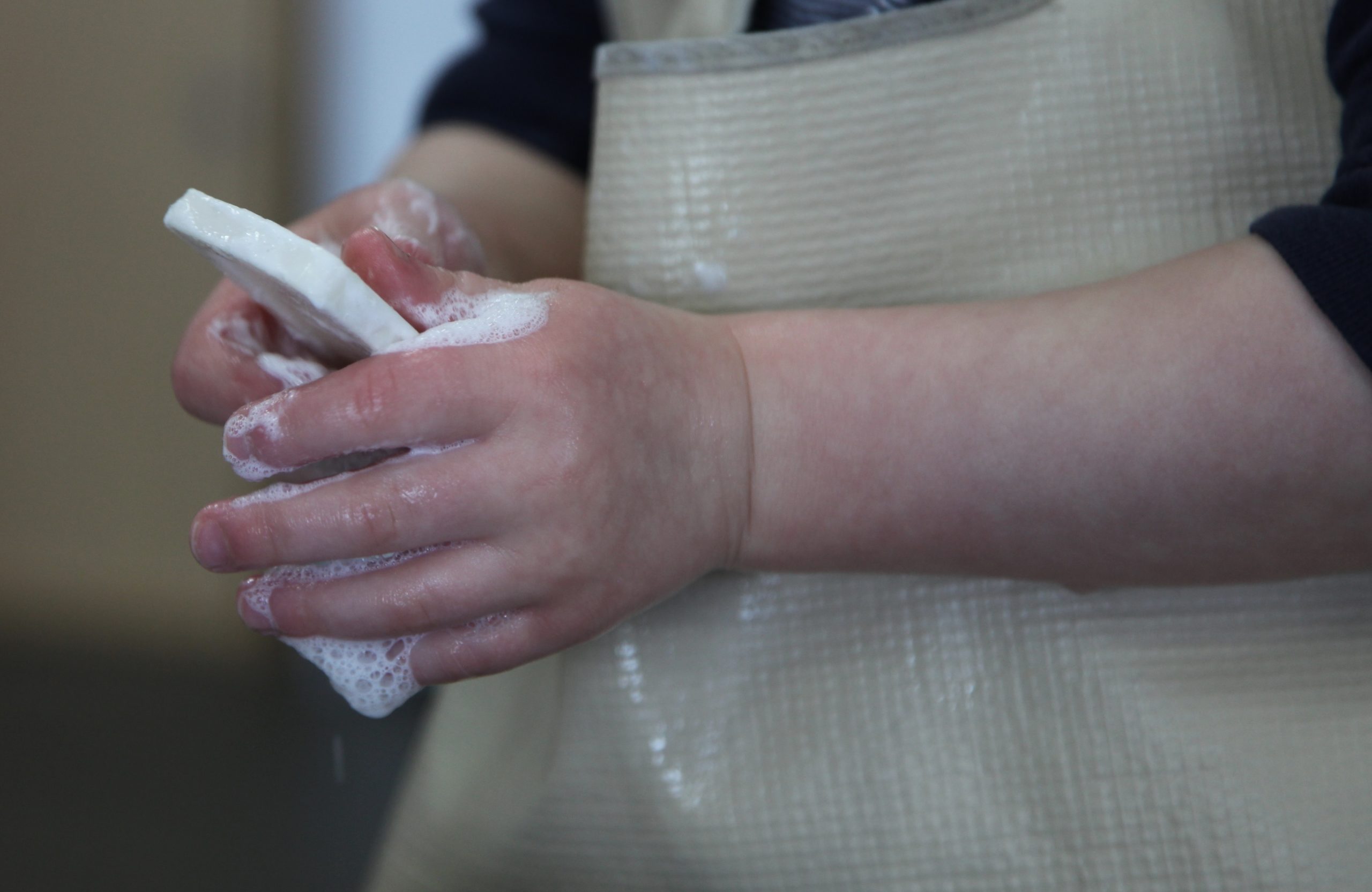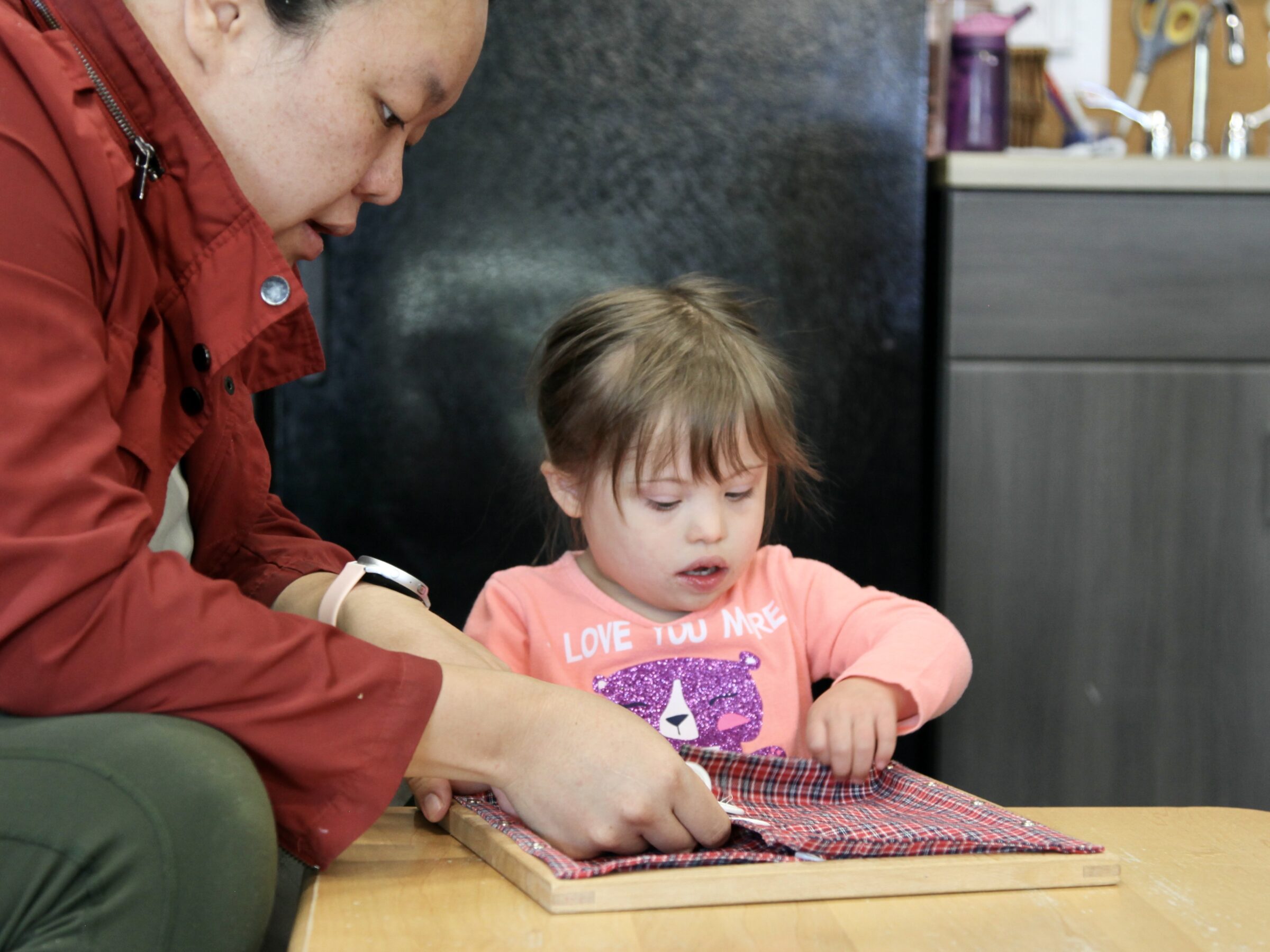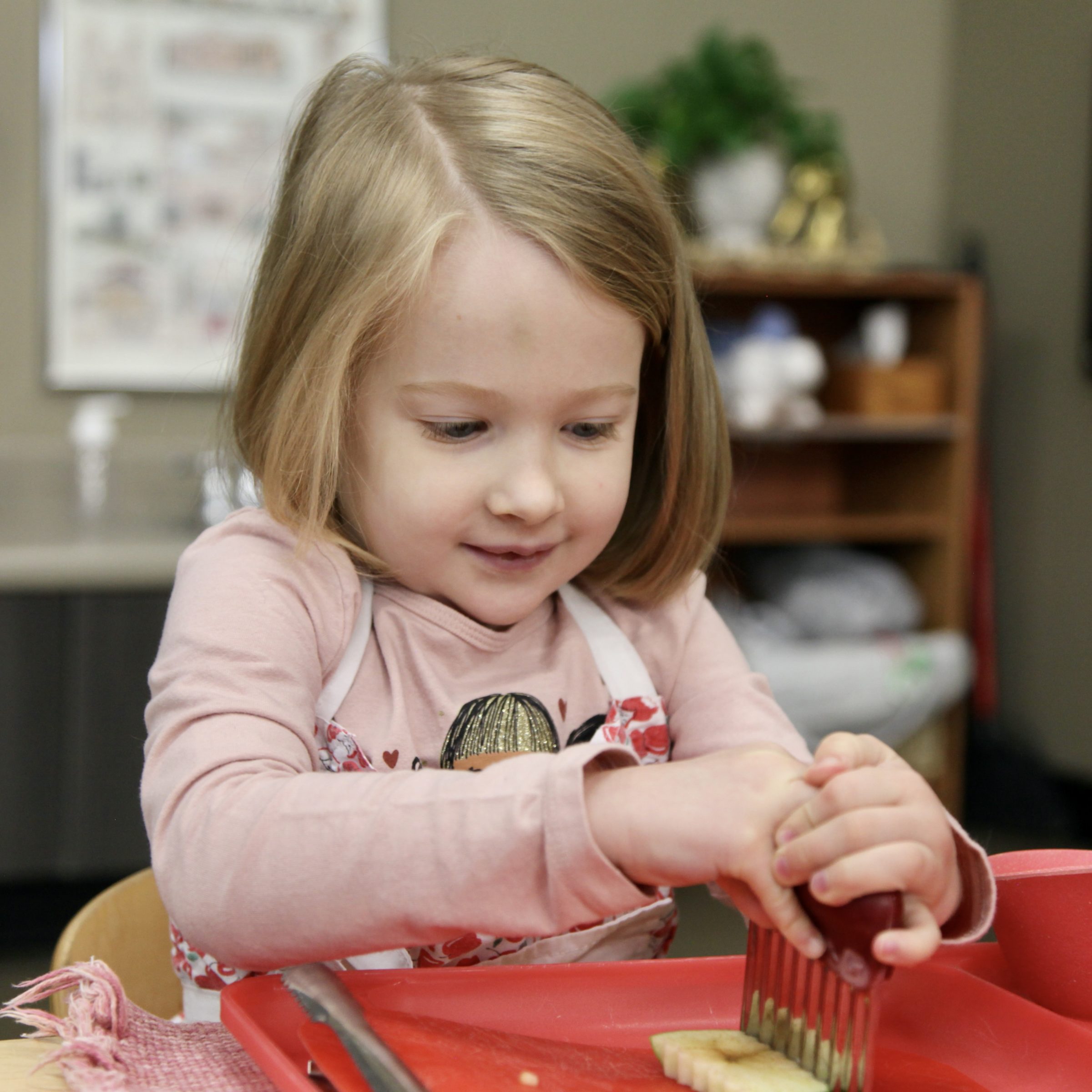Toileting Doesn’t Have to be Tough
Basics
Toileting doesn’t have to be tough. Any new experience is a learning process, sure, but there can be a monster-in-the-closet sense around toileting. When you read about how it can happen in a weekend, it can be easy to feel a sense of discouragement, failure, or shame when that’s not the case for your child. Each child is unique, and each process will be unique. Here are a few game-changers that can really help things along the way — actual tools as well as mindset or language shifts.
Any time you’re getting ready for a new activity, there are accessories that go with it. A backpack to start the school year, shoes that fit for soccer, it’s like armor or a costume — if you wear the gear, you’re halfway there. Having the right gear helps you feel successful, helps you get excited for this change — especially important if change is tough for your child.
Toileting comes with a lot of important accessories. Let’s start with the toilet itself. A potty chair is super helpful, especially if there are more tushes than toilets in your home. Since a potty chair is specifically a child’s size, they don’t need help climbing up, they won’t fall in, and the ergonomics of a child-size potty chair are more conducive to voiding. If you’re visiting grandparents, a potty chair can travel with you to avoid any disruptions to the learning process. Potty chairs are available at nearly every price point — the Lilla is available at IKEA for $6.49, if you have access to that — and, I promise, it won’t always be a part of your bathroom, but it will be very helpful in getting the process started.
If your child really prefers to use the adult toilet or if it’s a system that works better for your family, there are inserts to place on top of the commode to accommodate smaller bottoms. These can be temporary or a more permanent fixture, either with a plastic ring taken on and off the seat or changing out the typical seat-lid configuration for one that includes two nested seats and a lid, so children can focus on just the process of toileting rather than the mechanics of balancing yourself over an adult-sized toilet seat.
If this is your preference, it’s also important to have a small stool for children to be able to climb onto the toilet without assistance and for ease of use.
Regardless of your toilet configuration, a small stool is nice for children to be able to reach the sink to wash hands. A faucet extender — again either a very temporary solution or one that is a bit more permanently attached to the faucet — and soap and a towel within reach mean that hand-washing can become part of the process without too much reminding. If it’s an uncomfortable, unsafe, or even impossible task, it’s probably not going to happen.
Children are seemingly always outgrowing their clothes, and toileting requires a LOT of outfit changes, especially at first. You’ll need a lot of cloth underpants. A way lot. There will be lots of missed opportunities, for myriad reasons which we’ll go into later on, and each of these requires a new outfit. If you run out of underpants, the choices are no underpants or putting on a diaper or pull-up, neither of which is ideal. Plan on doing more laundry in the early days of toileting, and stock up on underpants. If it’s an option, involve your child in choosing their new underpants — select a few options online you’re comfortable with and ask your child which they prefer, or take them to the store for a special shopping trip. You have more buy-in when your underpants are your favorite color.
When your child is at home — and possibly while they’re at school, depending on their age and your care situation — they can be in a top and underpants. In a Montessori context, it’s not unusual to see children in a youngest child community wearing a top, underpants, and shoes. It’s one less obstacle to success with toileting, and there’s very little more difficult than removing wet clothing. Especially wet skinny jeans from toddler legs. Consider implementing this approach at home when you’re working on toileting with your child.
There are two tips I’ll present in this post that are nearly universally received as revolutionary as far as toileting success. Here’s the first one: rubber shoes.
Native shoes and Crocs have been popular for young children for a few years, and they’re absolutely fantastic for a child who’s working on toileting. Having wet shoes is adding insult to injury when you realize somebody wet your pants. Rubber shoes — styles such as Native shoes, Crocs, or sandals — means that the shoes can just be rinsed off and they’re ready to go! If it’s cold where you live, it’s not a fashion faux pas to wear socks and sandals when you’re little.
Lastly, consider having a timer available. It can be your phone, your watch, Alexa, a kitchen timer, whatever works for you, but it will be very helpful. More on why in a minute.
So, now that you have all your tools in place, let’s talk through how to use them.
Technically, when a child is walking all the musculature is in place for toileting. Cultures around the world use elimination communication or diaper-free practices that aren’t as common in areas of the world where diapers — disposable or cloth — or pull-ups are the norm. For the purposes of this post, I’ll discuss toileting as it applies to “potty training.”
More so even than a child, the adults in a child’s life need to be “ready” for toileting. It’s not a linear process. Even as a child ages, there will be times when they waited too long and a toilet isn’t available, or they’re surprised how close to an emergency this situation is. Helping a child learn the signals their body is sending takes time and effort, and can be pretty disruptive to our busy schedules. Ensuring all adults are ready to invest in an intense time for a child’s success is fundamental to a successful outcome.
When you’re ready to begin working on toileting with your child, it’s ideal if they’re in underpants all their waking hours moving forward. There are times when that’s just not feasible, like very long travel plans, or if you’re going somewhere you know won’t have toileting facilities. When a child goes back and forth between underpants and absorbent bottoms, they’ll likely have more missed opportunities and need to change clothes, thereby extending the process, and sending the message to their adults that they’re not ready for toileting and need to stay in diapers a bit longer. A child wetting or soiling themselves is part of the process, not necessarily a sign that they’re not ready for underpants.
When a child is wearing underpants, we know we need to remind them to use the toilet. Language is important. It’s so natural to ask, “Do you want to use the toilet?” or “Do you have to go potty?” to which a child mostly responds, “no.” and then promptly needs to change their pants.
Use phrases like, “it’s time to” or “it’s your turn,” such as “it’s time to go sit on the toilet” or “it’s your turn to use the potty chair.” If I ask a child a question, I need to respect their answer. How I phrase the question can guide the response. “Do you want to use the potty chair or the toilet?” “Do you want to sing a song while you sit on the toilet?” “After you sit on the toilet, I think it might be snack time. Would you like nut butter on toast or on a banana? Would you like to spread it yourself?” There’s nearly always an opportunity to share power, for agency, for respect, it doesn’t have to be all-or-nothing.
Fortunately there will be many opportunities to practice this type of phrasing. There will be a lot more times of visiting the toilet without any results than successful trips, because you’ll be going every 15, 20, 30 minutes. This is where that timer is so helpful.
We always think we’ll remember, but next thing you know it’s been an hour-and-a-half and there’s pee on the Legos. Best intentions, right? A timer is an un-ignorable reminder that yes, it’s time, again.
A timer is also wonderful because a child can be the one to reset the timer for another 30 minutes. You’re not the one telling them to use the toilet, it’s just that time; see, the timer is going off! Do you want to push stop or should I? It becomes another fun accessory and part of the process.
No matter how diligent the timer, there will be missed opportunities. It’s not a failure, it’s not because you or your child did anything wrong, it’s just part of the process.
At home, it can be really nice to have some sort of laundry hamper in the bathroom for soiled clothes. If this isn’t already your family practice, it might be helpful to add or move a hamper, at least until there’s a fairly high chance of success with toileting. For out and about, plastic grocery bags, small garbage bags, or a drybag can keep soiled clothes contained until you have access to laundry.
Children can help change damp clothing. Take off wet pants, socks, underpants and put them in the laundry. Sit on the toilet. Yes you just peed, it’s still time to sit, just to make sure you’re all done. While your child is putting clean and dry clothes on, give those rubber shoes a quick wash in the sink, and you’re back in the game.

Independence with wiping is an important part of a successful toileting experience. While at home children often have assistance in using the toilet, when they’re in a care or school setting, assistance with wiping might not be feasible or might be against policy — apart from toileting it would be very concerning for a child to be in a small windowless space alone with an adult. Independence with the entire process contributes to a sense of body autonomy and respect. When a child is in diapers, of course they need assistance with the process, cleanliness, all of it! When they’re ready for underpants, it’s also very appropriate for them to feel the bathroom is a safe, private space, and helping children know how to both use the toilet and clean themselves is in alignment with not just hygiene, but also safety. It’s not that our child’s caregivers and educators aren’t to be trusted with our children, it’s that our children are learning they are the boss of their own bodies, they can listen to their bodies, we trust them and they trust us. Since an analogy often helps here: helping a one-year-old with their toileting needs? Totally within expectations. Helping a fifteen-year-old? Wildly inappropriate. When they’re small, the line does get blurry, so ensuring hygiene is part of the whole process and including it when starting independence with toileting is as great a time to start as any.
It’s not uncommon for children to struggle with success having a BM in the toilet even when they can stay dry all day. This is especially true for boys who stand to pee, and to be fair, it’s a completely different process! Some children even ask for a diaper or pull-up when they need to have a BM — they understand the process and sensation, it’s just the toilet that’s the issue.
The second greatest tip for toileting is this: if your child is dry except for BMs, have them wear a diaper or pull-up AND sit on the toilet to have a BM. This is a game-changer, even more than the rubber shoes. Once a child understands the mechanics, it’s a lot less scary.
I never knew how much of my day would be talking about toileting, but it’s really no surprise. It’s a universal achievement, and there are sure to be hiccups along the way. It’s always a learning process, and we’re never alone.
Written by:
Charlotte Snyder




